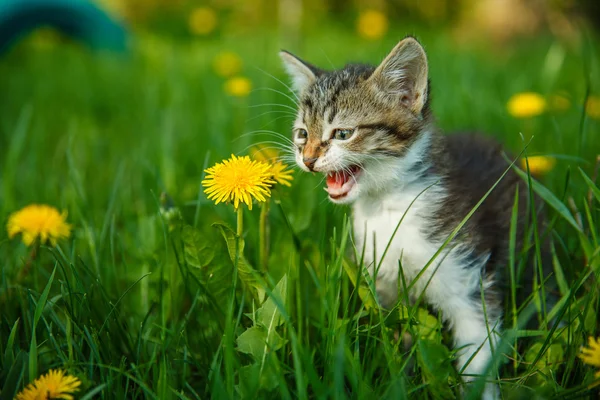
“Each cat has its own ‘secret’ language,” explains Susanne Schötz, professor of phonetics at Lund University. And for their owners, cracking the code can unlock a healthier, happier relationship. From cheerful hellos to low, rumbling warnings, cat vocalizations are filled with meaning if you learn to interpret them.
Although body language is the primary tool for cat communication, the vocal cues they use are usually the most straightforward method of informing us of what they need, how they are feeling, or that something is amiss. Experts show consensus that reading these sounds can aid in the early detection of health problems, diminish stress, and even make playtime more enjoyable.
Here’s a closer examination of nine feline cat sounds, what they’re actually telling you, and how to respond to make your bond grow stronger.
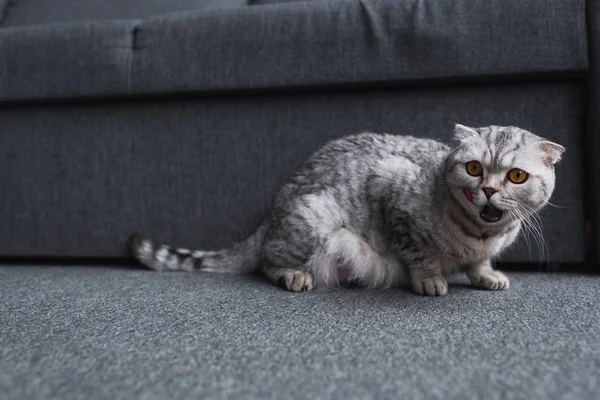
1. Short, High-Pitched Meow
This is the cat version of a friendly wave. According to pet expert Susan Rubin, a rapid, high-pitched meow tends to say “hello” or “play with me.” When multiple are in a string, it is often excitement at seeing you home after a long day. Adult cats do not meow to other adult cats this sound is largely limited to human ears, and thus it is an intimate aspect of your relationship.
If your cat meets you with this behavior, a gentle word or a rapid pet rewards the positive link. With time, these interactions can become part of your daily routine, making your cat feel comfortable and noticed.
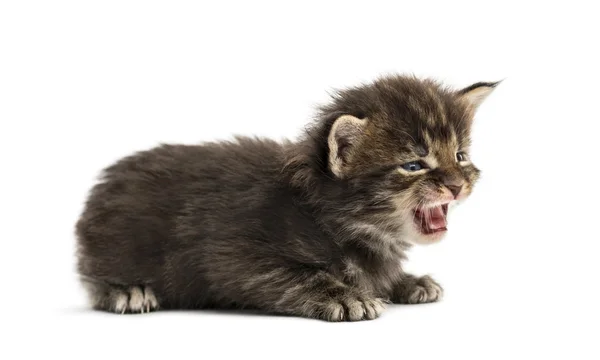
2. Drawn-Out or Pleading Meow
Louder and more persistent than a greeting, it is almost a cry. Rubin explains that it is usually a request for attention anything from “feed me” to “open the door.” Sometimes, though, it also indicates anxiety or frustration.
If this becomes regular, think about whether your cat’s needs are being met food, stimulation, and companionship are usual suspects. Ongoing changes in tone or frequency can also signal illness, so it’s worth visiting a vet if the behavior is new or odd.
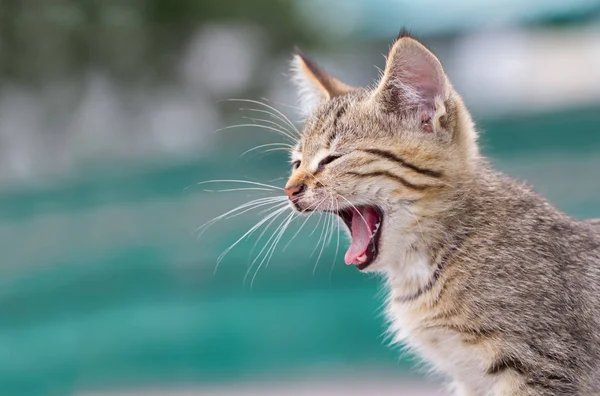
3. Crying Meow
A nursing meow is urgent, at times tortured, and in kittens, it’s a distress call to their mom. Veterinary behaviorist Dr. Wailani Sung explains that it’s meant to trigger a search-and-rescue response.
Contextualized in adult cats, this sound indicates pain, fear, or severe discomfort. If your cat employs it beyond kittenhood, particularly combined with hiding or lethargy, it’s a red flag for instant veterinary attention.
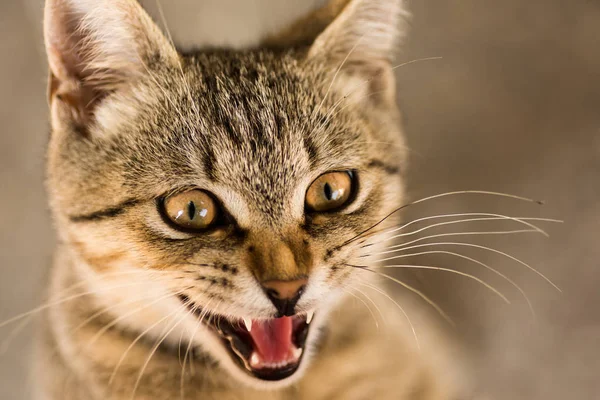
4. Quick, Aggressive Meow
This sharp, harsh sound is your cat’s way of scolding. Rubin describes it as a “you’ve crossed the line” vocalization perhaps you’ve moved them off a favorite spot or interrupted their nap.
While it’s not as intense as a growl or hiss, it’s still a warning. Respecting this boundary helps maintain trust and prevents escalation into more defensive behaviors.
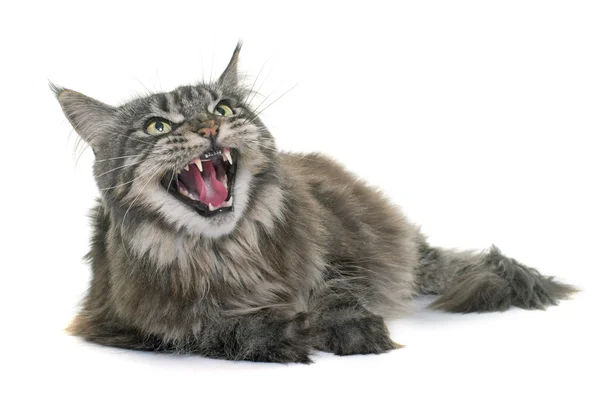
5. Yowling
Yowls are extended, drawn-out, and can be startling. Dr. Gary Richter cautions that if a generally quiet cat begins to yowl for 24–36 hours, it is possible that the cat could be ill, in pain, or in older cats suffering from cognitive loss. Unspayed or unneutered cats also yowl as a form of mating behavior.
Yowling may also be due to territorial conflicts or separation anxiety. If it is at night, health screening and environmental enrichment can decrease the noise and stress behind it.

6. Hissing, Growling, and Snarling
These are unmistakable threat warnings. Rubin compares growling to escaping air with a hole, and Dr. Sung terms growling and snarling “aggressive vocalizations” to push threats back. They’re usually accompanied by defensive postures arched spine, puffed hair, flattened ears.
If your cat is directing these noises towards you, let them alone. If directed at some other animal, eliminate the source of perceived threat. Attempting to comfort or scoop up a cat in this manner may cause injury and destroys trust.
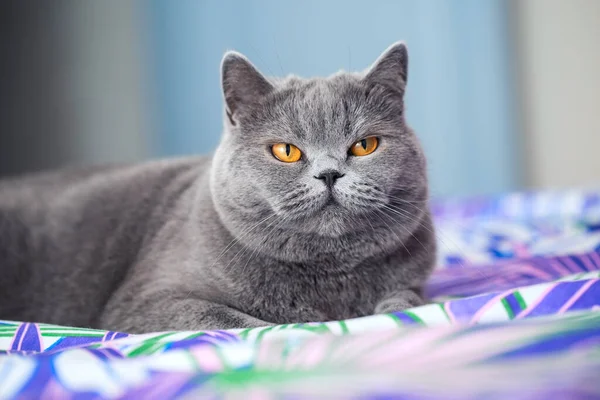
7. Purring
Soft, rhythmic, and sometimes accompanied by a vibration that you can feel, purring is most commonly associated with happiness imagine snuggly lap time or gentle rubbing. But as licensed behaviorist Mikel Delgado points out, cats purr when they are also frightened, in pain, or even during recovery from illness.
The frequency of a cat’s purr may even promote healing and reduce inflammation. Context is key: relaxed body language means happiness, while tense posture or dilated pupils could mean self-soothing in distress.
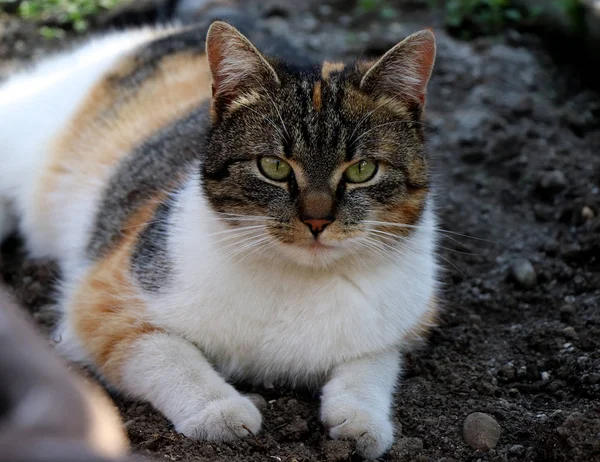
8. Trilling
Falling between a purr and a meow, trilling is a high-pitched, rolling sound that Dr. Richter says often signals excitement or affection. Cats may trill when greeting you, inviting play, or expressing delight at a meal.
Some cats trill more than others, and it’s a healthy, normal vocalization. Meeting it with attention or playful interactions can reinforce the relationship and get more of this sunny chatter.

9. Chattering or Clicking
That quick “ack-ack-ack” when your cat sees a bird flying outside the window? It’s chattering. Delgado says it’s usually associated with frustration at out-of-reach prey, although some scientists believe it might be imitating birdsong as a hunting strategy.
Chattering may also occur during play or during periods of extreme excitement. If it occurs frequently without any discernible cause, look for dental problems, because pain in the mouth may occasionally result in similar jaw motion.
Cats will never learn to speak our language, but their voices are full of meaning. By listening to the subtleties from celebratory trills to needy cries cat owners can better respond to their pets’ needs, pick up on health problems early on, and enhance the reciprocal trust that makes life with a cat so rich.


